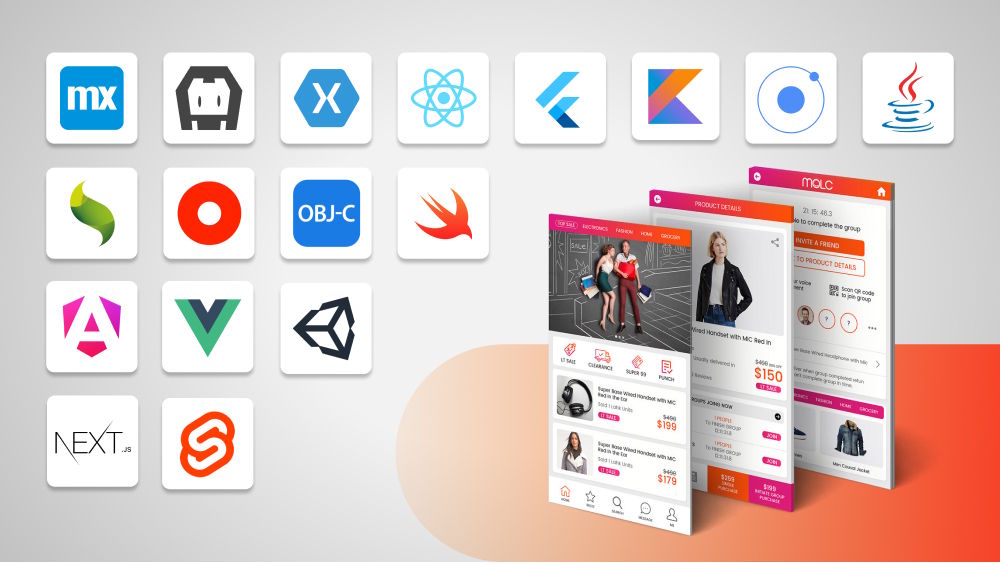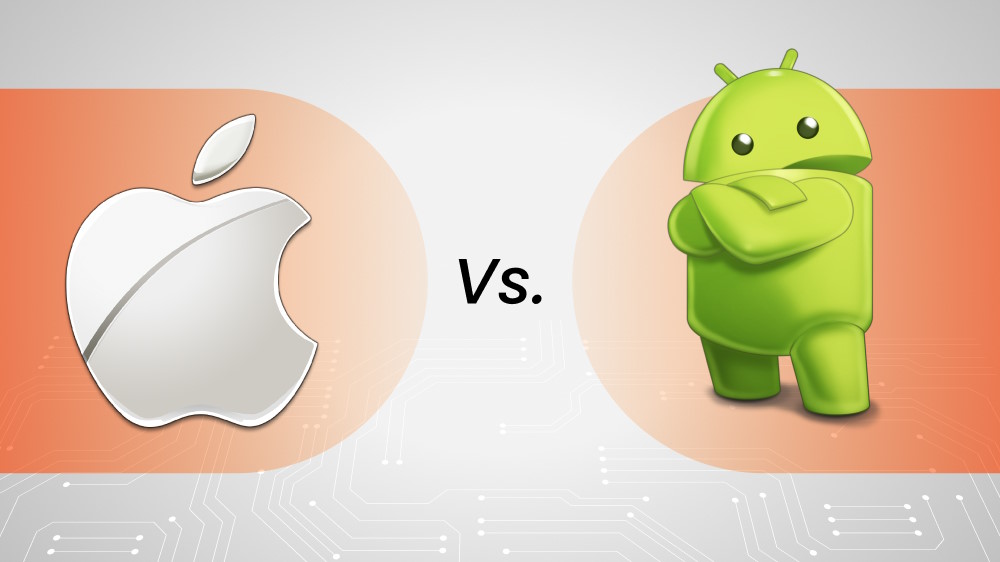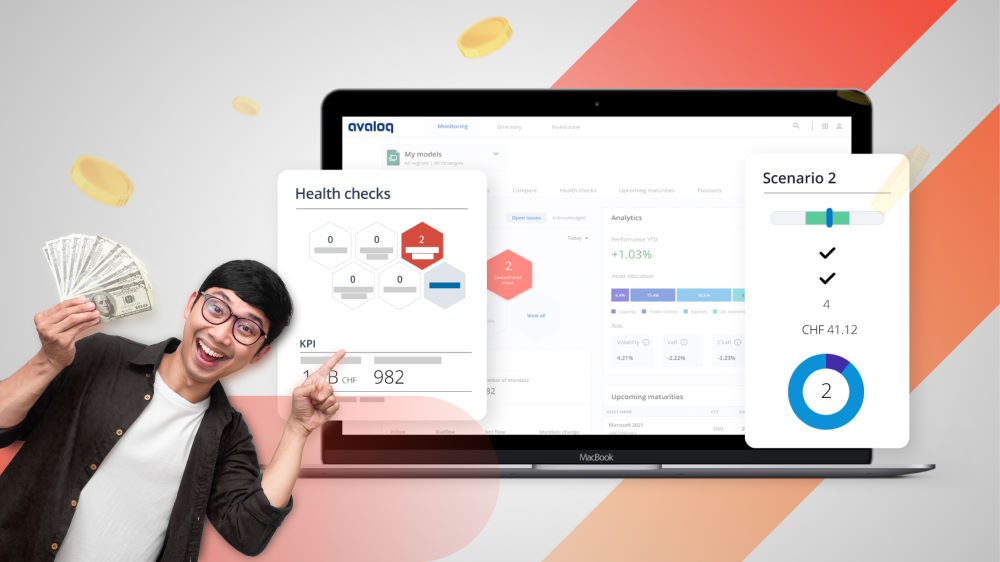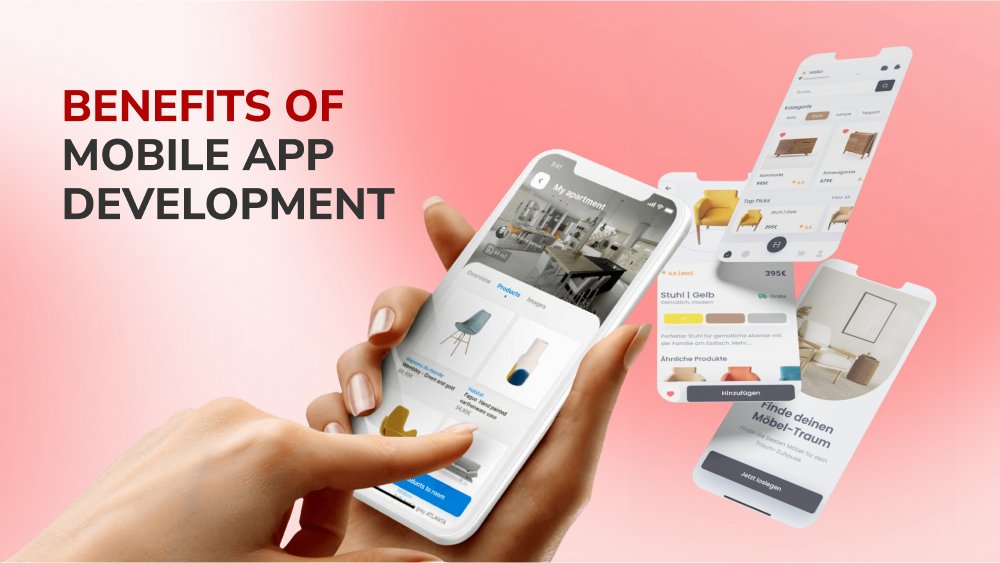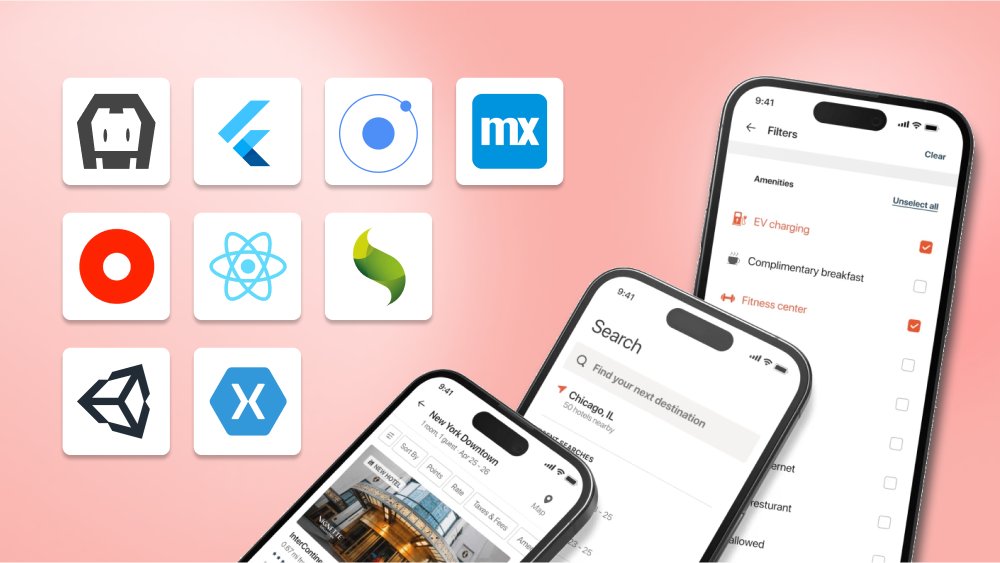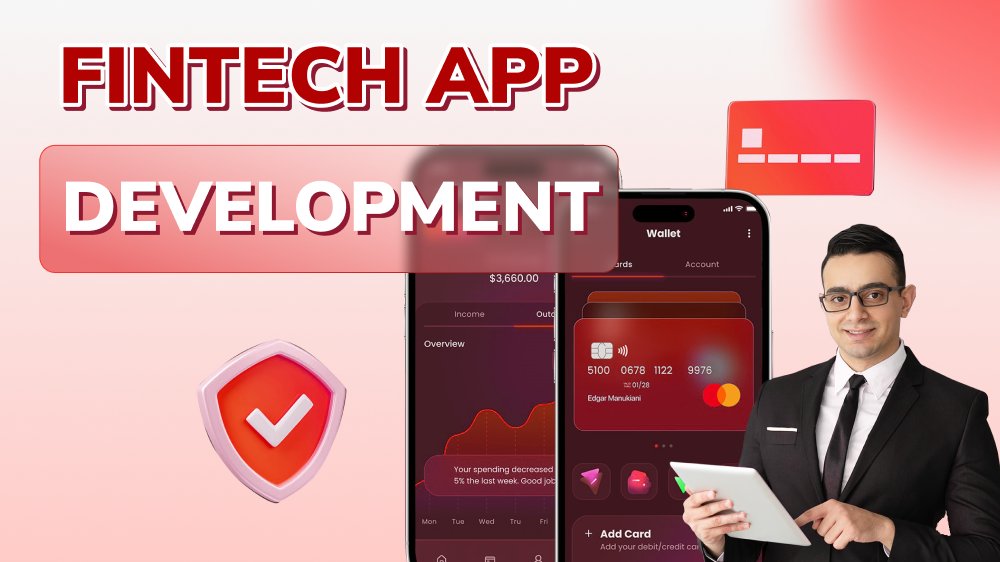Mindful Innovations: Navigating the Meditation App Development Landscape
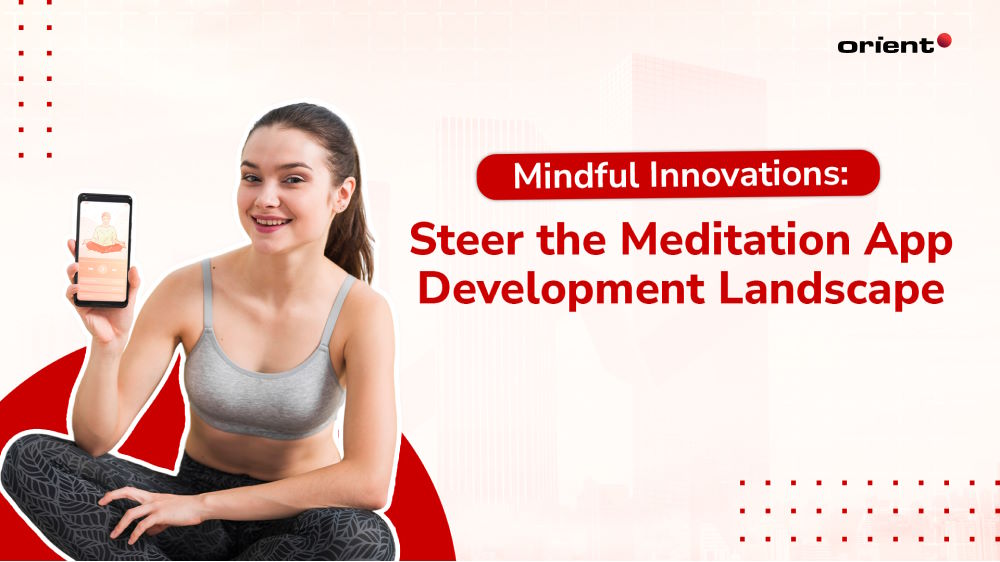
Content Map
More chaptersThe modern lifestyle has offered us many conveniences, solutions, and forms of entertainment. However, along with such luxuries, new problems have arisen - mental health problems. Unfortunately, stress and anxiety have become a new norm for many.
Did you know that one of the factors contributing to our constant anxiety is our mobile phones? It seems like we cannot live without it in our daily lives - we work on it, entertain ourselves with it, and even go to sleep with a glowing screen next to us.
The findings from a 2021 study conducted at Ariel University, which reviewed 84 research papers, revealed a noteworthy association between smartphone addiction and adverse cognitive impacts. It was found that this addiction was found to be correlated with the coexistence of mental health disorders, like depression, anxiety, obsessive-compulsive disorder (OCD), etc.
In spite of the potential negative impact on mental health associated with excessive smartphone usage, it’s important to recognize that smartphones are versatile devices that can contribute to the enhancement of mental well-being. Telemedicine apps effectively address physical pain, and similarly, mental well-being can benefit from the assistance of meditation apps. Whether large names like Calm or Headspace seem intimidating, it’s not too late to enter this market. Consider building your own meditation app with the help of our guide.
Meditation Apps Statistics Overview

First, let’s talk about the size of the meditation app market. The global market for smartphone apps related to mental health and meditation was estimated to be worth $533 million in 2022. The market for meditation apps is predicted to reach a valuation of over 2.6 billion US dollars by 2028. (Statista)
87% of people meditate alone, despite the growing trend of meditation studios and yoga classes. (Mellow)
The use and appreciation of meditation mobile apps was higher among younger digital audiences (18–34 years old), but 37% of respondents over 35 said they did not use or would not be interested in using them as of early 2023. (Statista)
Due to the unique circumstances in 2020, there has been an unusual surge in health and fitness app downloads. To be specific, App Annie has found that the total downloads of health and fitness applications worldwide reached 276 million in April 2020, up 80% year over year. During the week of March 2020, health and fitness app downloads surged by 40%. Over 71,000 health and fitness applications were made available worldwide in 2020.
In 2020, unique circumstances, including the COVID-19 lockdown, gym closures, increased stress, and heightened health awareness, contributed to a significant spike in health and fitness app downloads. The adoption of mobile apps experienced a drastic surge during this period.
Despite a decline in downloads of mindfulness apps among American consumers, comprising less than 15% of health app downloads, four in ten adults still report stress negatively impacting their mental health. (Statista)
All of this is to say that the need for meditation apps is clear - people are focusing on embracing their mental health. There are a few types of apps you can consider for your meditation mobile app development project.
Types of Meditation Apps
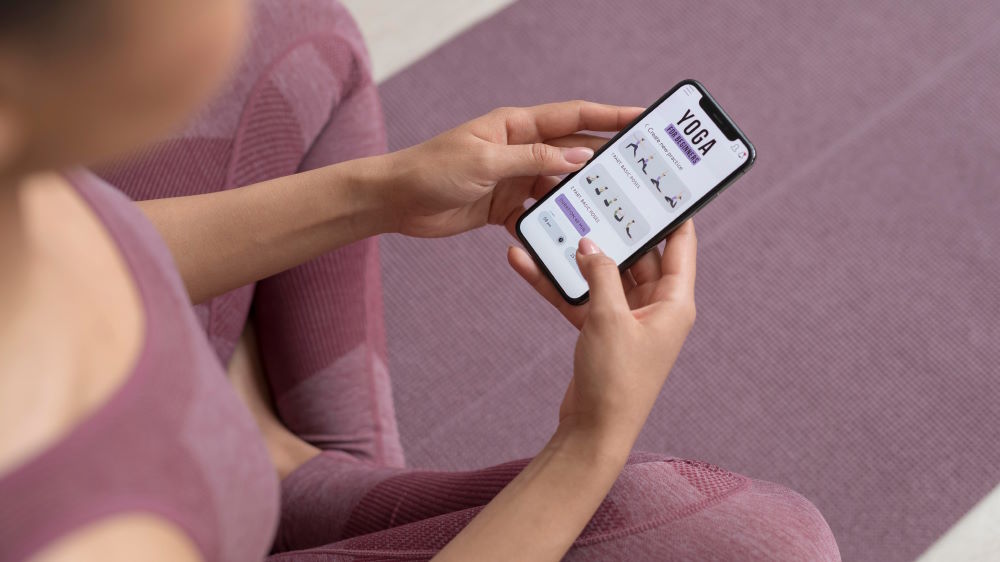
Instead of diving headfirst into the market, figure out what kind of niche you want to build a meditation app in. After all, it can be difficult to cramp multiple goals and functions into a single app, which, in the end, isn’t a good idea.
Sleep Meditation Apps
Aiming at users who have difficulty sleeping due to insomnia, stress, or restlessness, these apps have meditation sessions tailored for bedtime.
Mindfulness Apps
A mindfulness app provides users with everything they need to know about mindfulness, including guided meditations, exercises, communities, and so on. By helping users be more aware of the present moment, this app aims to improve the users’ overall well-being and mental health.
Breathe Meditation Apps
Breathing is one of the many methods people use to reduce stress. With controlled breathing exercises, this type of app helps users relax and minimize stress in the long run.
Yoga Apps
Yoga and meditation often go hand in hand. Yoga apps might consist of meditation practices, or it can be the other way around; you can build meditation apps with yoga exercises.
Personalized Meditation Apps
Just as the name suggests, personalized meditation applications provide users with customized meditation sessions based on their requirements, preferences, or experience levels. After the users input their data and needs, the app uses the data to generate personalized plans that address individual needs.
How Do You Meditate Using an App?

Should you create a meditation app, you should be aware of how it works first.
Set a meditation goal. The goal should involve keeping your mind back to the present.
The goal can be identified via a survey. The survey can help you uncover not only your goals but also other possible underlying problems.
Choose a meditation technique based on your personal goals. One might need to engage in a mindfulness meditation app while someone else needs a sleep meditation app.
It is best to start small, especially if you are new to meditation. Finding a meditation app with a resonant instructor is a great start.
It is recommended that you look for apps that provide users with guided meditations and exercises or even talk about meditation theory to enhance the meditation experience.
Users should practice daily and consistently to see changes happening.
Most meditation apps are easy to navigate and use. Without the need to go outside or purchase expensive equipment, you can learn how to improve focus, boost positive emotions, and even enjoy a lower level of fatigue.
What Are Some Major Meditation App Personas?
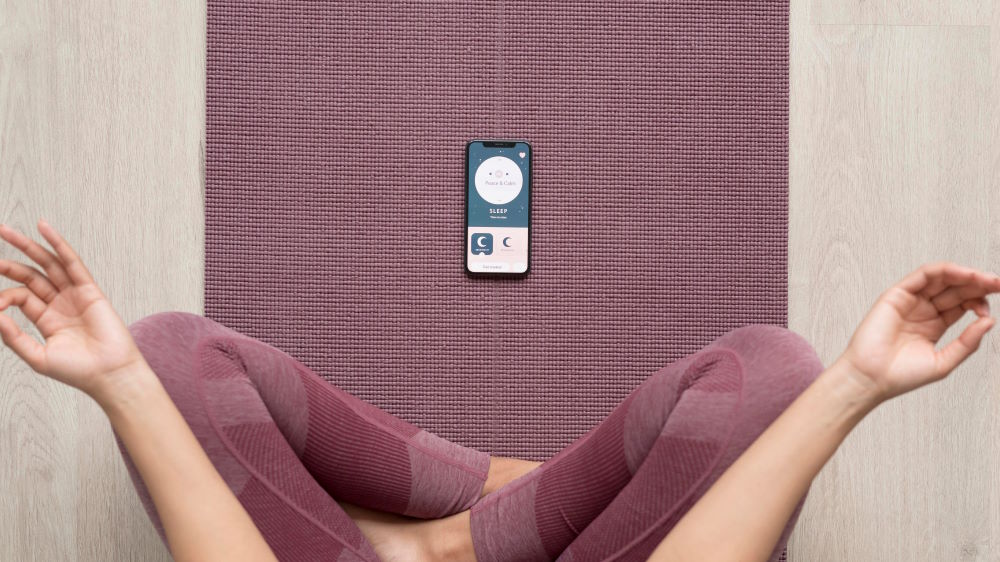
Identifying a meditation app’s essential features comes down to targeting your audience - beginners, advanced practitioners, and users with a hectic schedule. Let’s explore to understand what core features to include in such apps.
Beginners
Users’ initial interaction with the platform is vital, especially when they are new to meditation apps. Hence, a user-friendly app with intuitive functionality and a brief app tour is a great way to start. Introductory sessions, detailed explanatory content regarding meditation techniques, and gentle guidance are key to this group of users.
Advanced Practitioners
For advanced practitioners, the meditation application should be able to provide customized meditation routines. This can be done via surveys to better grasp your users’ needs. Also, the app needs to offer advanced meditation sessions and specific meditation programs meeting a variety of needs, e.g., duration or style.
App Users with a Hectic Schedule
Busy people with a stressful schedule often turn to meditation apps to blow off some steam. For this group of user persona, there should be push notifications to remind the user to take short breaks. The app might even offer on-the-go meditation sessions or other forms of time-efficient programs.
Key Features You Should Pay Attention to During the App Development Process
We have briefly talked about the key features based on the user’s persona. No matter who your users are. However, there are still core functionalities that every meditation application should have to give the users the best meditation experience.
Registration/Login Page
Make this process short and easy, as users probably don’t want to spend more than 2 minutes for this step. One way to speed up this process is by allowing users to log in and create their profiles using their social accounts or other credentials like mobile numbers or emails.
Onboarding
Quickly guide new users through the app features using short videos or animations. A successful meditation app makes the learning curve easy for users.
Profile
User profiles are a smart way to customize their experience and encourage consistency. Through the profile, users should also be able to do progress tracking, set goals, and earn achievement badges along the way.
Meditation Programs
The more diverse the meditation programs are, the more likely the user is to stay in the app. The programs should be diverse, catering to different skill levels and goals. The sessions should be offered in a variety of forms like podcasts, audio, stories, or even music.
Gamification
Introduce gamification to boost user engagement and reward them after each completed session or mission. The rewards might be achievement badges or unlocking new features.
Play & Stop Buttons
Big buttons urge users to tap and explore the sessions. In addition to play or stop buttons, rewind buttons, and sound settings buttons, scrubbers enhance the user’s experience and allow them to personalize it, too.
In-app Chatting
If users have questions, have users be able to connect with personnel via in-app messaging. For frequently asked questions, having a chatbot onboard is a great idea. For more complicated requests, you can involve a support team.
Tech Stack
Here is a suggestion for a quality tech stack for a meditation application.
| Frontend: JavaScript-based frameworks | React.js (for web-based apps) Electron.js (for desktop apps) React Native (for mobile app development) |
| Backend technologies | Ruby Firebase APNs (Apple push notification service) Sidekiq (for background processing) |
| Content management system (CMS) | Ghost |
| Payment gateways | PayPal Stripe |
| Push notification services | Twilio Firebase |
| Cloud hosting | AWS (Amazon Web Services) |
| Analytics and monitoring | Google Analytics (GA) Hotjar |
| Platform-specific technologies: | SwiftUI (for Apple platforms) Kotlin (for Android platforms) React Native (for both iOS and Android) |
Considerations When Building a Meditation App
UI/ UX Design
Craft a design that aligns with your app’s purpose – aiding users with stress, anxiety, focus, or insomnia. For instance, follow the example of successful apps like Calm and Headspace, opting for calming pastel colors and a minimalistic design. Prioritize an interface that effectively engages users while offering diverse content.
How to Generate Revenue
Meditation apps have the potential to be a lucrative side hustle. There are several ways for your app development team to generate values from the app.
Subscription
Premium subscriptions are a major monetization method.
Take the Calm meditation app as an example. It offers a 7-day free trial, followed by a monthly fee of $12.99 or $69.99 annually.
Some apps offer a one-time payment for access to the sessions catalog.
Fee per Download
Some meditation apps charge a small fee per download.
For example, Buddhify charges $7.44 or $5.99 from the iOS App Store and $5.99 from the Google Play Store.
In-app Purchases
Users will pay a certain fee to unlock premium content, sessions, or video sessions with instructors.
Start Your Meditation App Development with the Help of a Software Outsourcing Partner
Every meditation app idea is unique, even when sharing fundamental features. Instead of navigating the complexities alone, consider the advantages of partnering with seasoned professionals. A proficient outsourcing ally streamlines your development process, saving time, reducing meditation app development costs, and enhancing effectiveness. In 2024, choosing this path with Orient Software promises enduring benefits. Waste no time – reach out today, and let’s build one of the most robust meditation apps in the market together!

